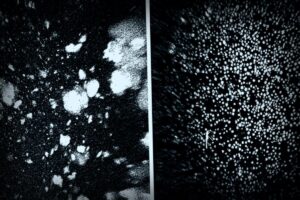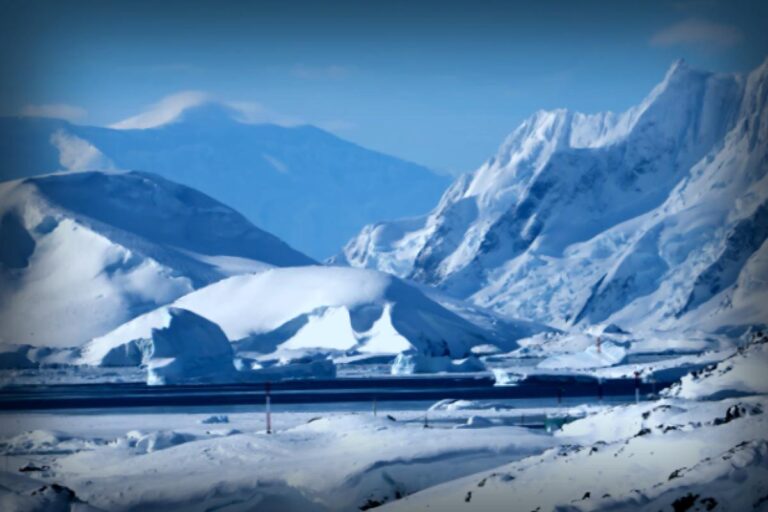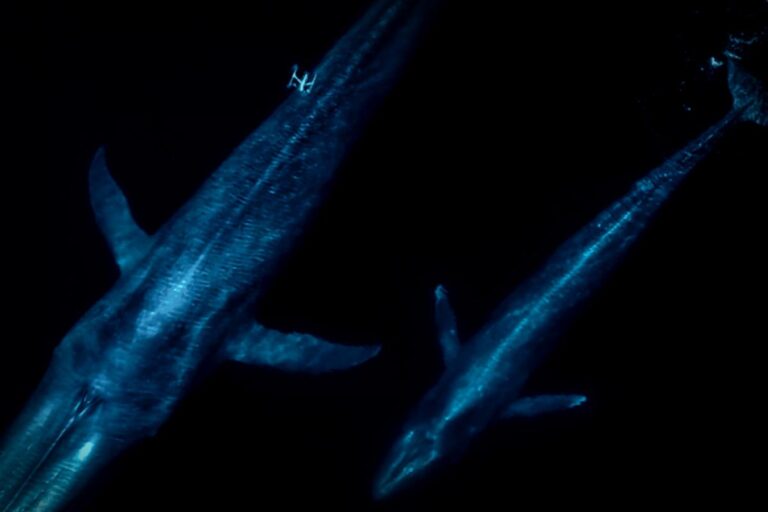In recent times, the melting ice in the Arctic region has unveiled some pretty amazing things, completely changing how we think about life in extreme conditions. Scientists have been stumbling upon all sorts of hidden ecosystems, ancient microbes, and fascinating bacteria lurking beneath the ice. Recently, an international team from the University of Copenhagen made a noteworthy discovery: they found a vibrant community of nitrogen-fixing bacteria nestled under the thick Arctic ice. This cool find underscores that while melting ice is often viewed as a catastrophe, it is opening up new venues for importantly diverse ecosystems that had previously been shrouded in mystery.
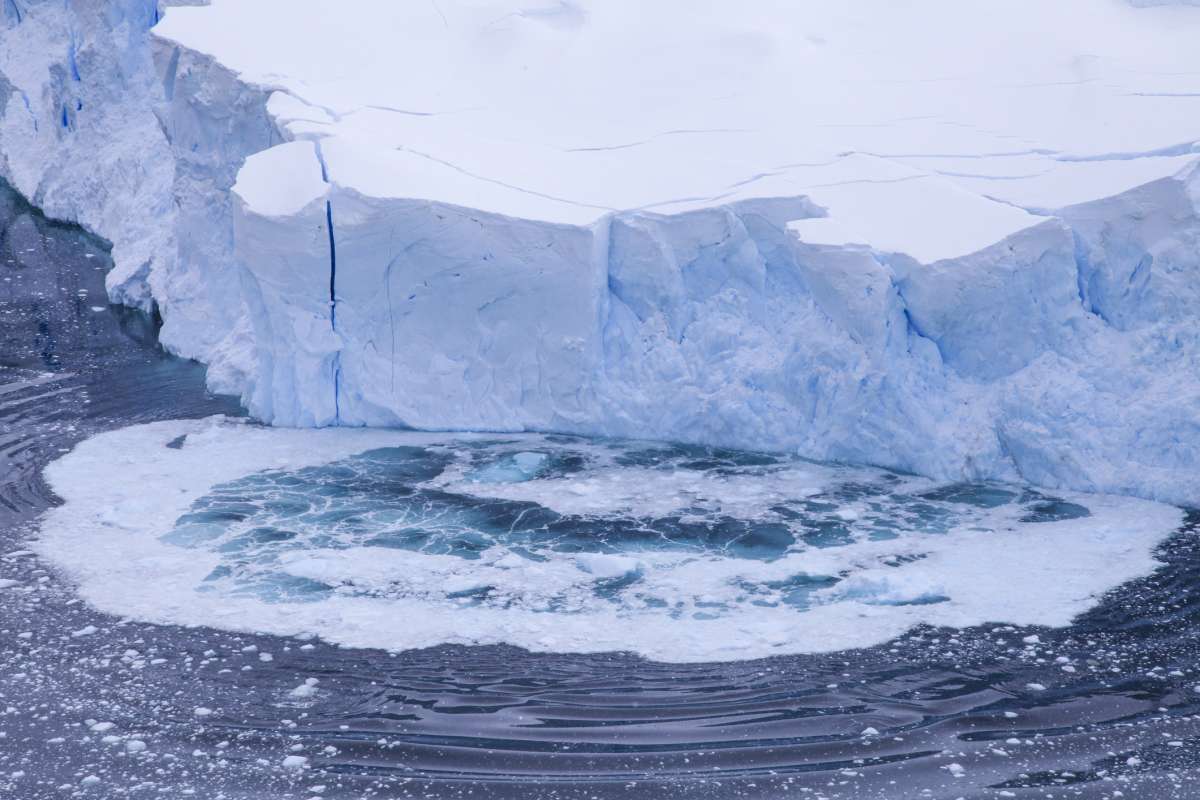
As reported by Science Daily, algae are crucial as they supply food and energy to various marine species, yet their growth is heavily reliant on nitrogen. It turns out that nitrogen, which was once thought rare in Arctic waters, might be more abundant than previously believed thanks to these bacteria. This new insight could change how we view the ocean’s capacity to trap carbon. These findings are detailed in a study named ‘Nitrogen fixation under declining Arctic Sea ice,’ published in Communications Earth & Environment.
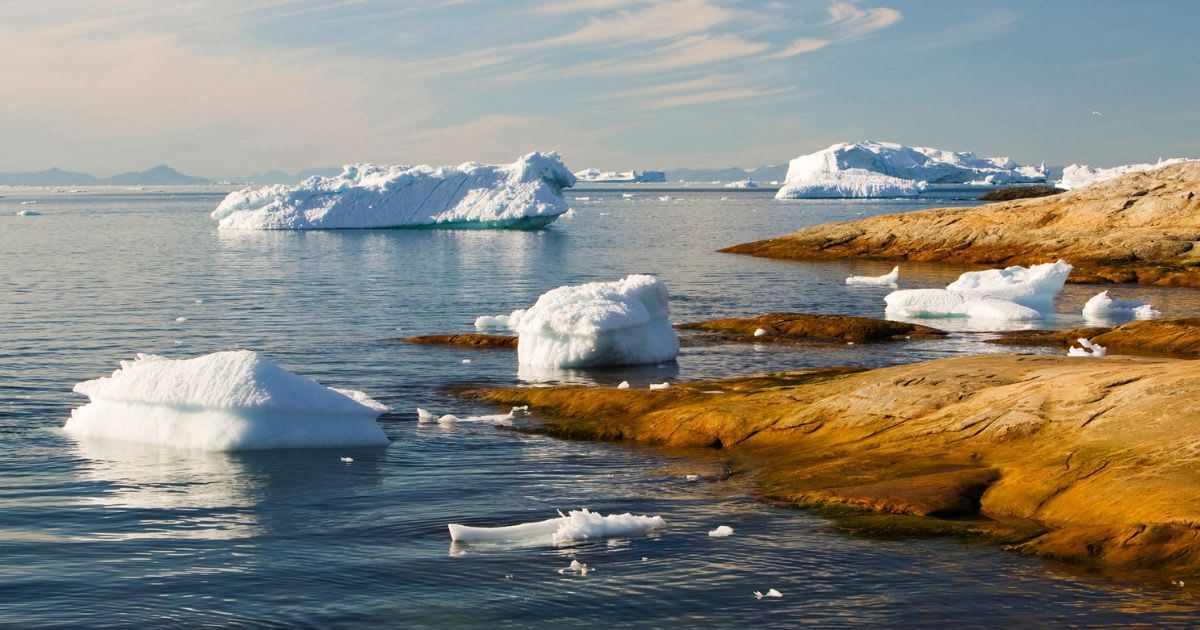
Nitrogen fixation is a rather intricate process that occurs when specialized bacteria, referred to as non-cyanobacteria, convert nitrogen present in seawater into ammonium. This transforms not only the bacteria, but also supports algae growth, which in turn nourishes other marine life. Lisa W. von Friesen, one of the lead authors on the research, highlighted the surprising nature of their findings, stating, “Previously, we thought such nitrogen fixation couldn’t happen under the sea ice since the living conditions were considered too unfavorable. We got that wrong.”
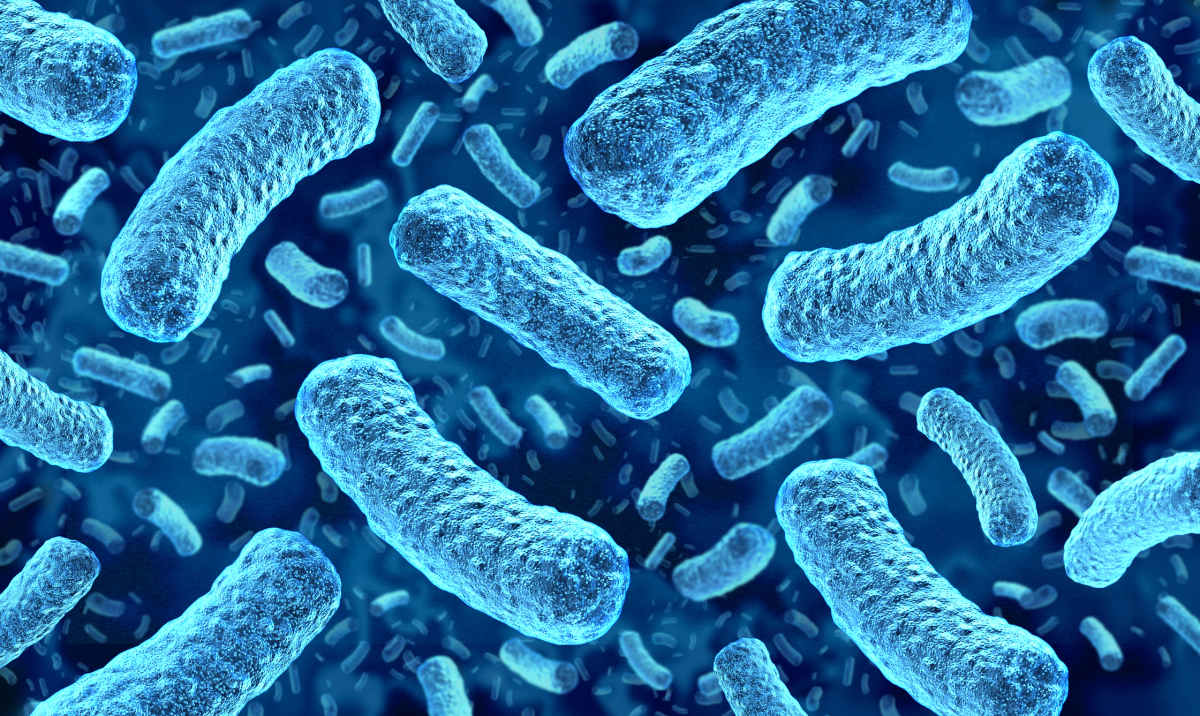
The researchers noted that the nitrogen-fixing bacteria are particularly active near the edges of the melting ice, where conditions are more favorable for them to thrive. While they can be found deeper under the ice, their productivity is significantly higher at the fringes. As these zones of melting expand, vast amounts of nitrogen will likely be produced. “In short, we may have underestimated not just the nitrogen available in the Arctic Ocean, but also the potential for algae production as climate change continues to shrink the sea ice,” added Lisa.
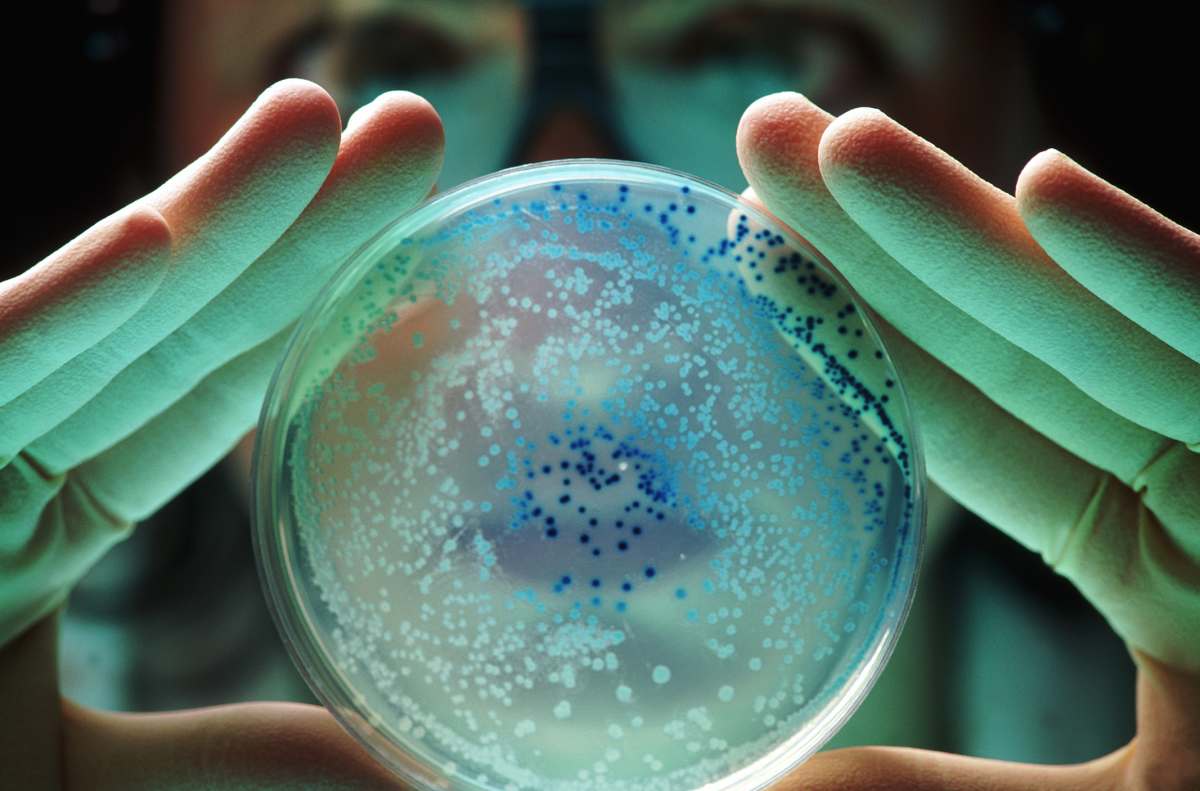
The surge in algae could accelerate photosynthesis, boosting the ocean’s ability to absorb carbon dioxide. Another senior study author, Lasse Riemann, shared insights into this, suggesting it’s likely positive news for the climate and environment. With more algae production, the Arctic Ocean can trap more CO2 within algae biomass. However, he warns that biological systems are incredibly intricate, making predictions tough, as other evolving factors could counteract these benefits.



